If left unchecked, its only a matter of time before every administrator becomes overwhelmed by technical debt. It may be just months on a new job for a lazy admin or it may be several years for someone whose actively trying to manage their task list, but at a certain point, its bound to happen. My coworkers are probably tired of me talking about the topic, but its one that’s really impacting me today. The idea of technical debt is the accumulation of all the things on your to-do list or your must-do list that cannot be done due to lack of time. This is an issue that affects so many environments – particularly in 2014 when all departments have been asked for the last 5 or 6 years to do more with less people and time.
Like other environments, we have adopted a number of new systems throughout the company. With each system and implementation, it comes with a whole list of things to startup the new system and then adds maintenance and upkeep tasks to our lists. As new projects were onboarded, time began to slip away for handling other maintenance tasks. And because of the fast pace keeping up with new projects, some tasks get left undone.
Any of these things that are left undone get added to your technical debt. Think of it the same way you think about credit card debt. Each time you have a task or a new project that needs something done its like swiping your credit card. When you complete the task, you’ve paid it off. Over time, you may forget a task or it simply drops off your to-do list but its still part of your owed balance.
There are a lot of books in the library that deal with time management, but I want to talk about a slightly different take on the problem from a systems administrator’s viewpoint. You see, to an administrator, managing technical debt is essential in keeping an environment secure and operating well. If you allow your technical debt to get too large, you are introducing lots of risk into your environment by ignoring the tasks that should be performed simply because you’ve exhausted your time to do these things.
So just like credit card debt, you need a plan to manage your technical debt. If left unmanaged, you may get into a situation where you struggle to make minimum payments – essentially being only able to react to the most pressing issue of the moment.
I can remember a time not long ago when I felt like my environment was pretty well managed. I remember having time to do a daily walk-through of our primary data center looking for warning or error lights on systems and I remember having time for doing periodic maintenance tasks on the systems I managed. Today, however, it seems I’m struggling just to make my minimum payments on technical debt.
So what is the plan? I think the first part of the plan is establishing margin.
Just like the margins on a page which help to make it more appealing to read, margin in your work life (or personal life) helps to bring you in from the edges and provide you with cushion. Without margins in a book, your eyes get tired faster because its more difficult to read without the room to breathe around the words on the page.
Margin allows you to react to the things that will inevitably come up while not ignoring the important things that need your attention. Margin is intentionally built in extra time that can be used for reacting or more importantly for dreaming about solutions to your bigger problems in the environment. Margin allows a relaxed pace at times to make better decisions about strategies in your environment, as opposed to only being allowed to make rapid fire reactions.
The second part of the plan is the Dave Ramsey Debt Snowball idea applied to technology. Dave Ramsey advocates picking the smallest of your credit cards and paying it off first rather than focusing on paying off the one with a higher balance or interest rate. The result is a quick win and a feeling of accomplishment. I think the same should be applied to technical debt. Pick a project with an undone task list and knock out that list. That feeling of accomplishment will help drive you towards the next and the next and the next things on your list.
But while I’m writing this, I’m really talking to myself as much as anyone else. I’m struggling to establish margin at work. The lack of margin today results in a more stressful workday where I feel constantly reactionary instead of proactive. I’m feeling like I’m treading water and about to sink. So, I’m interested to hear anyone else’s experiences or advice with technical debt.
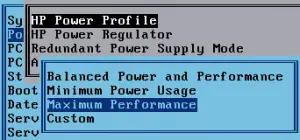 I checked this on my HP ProLiant blade servers and they were set to the default “Balanced Power and Performance.” The label doesn’t sound all that bad, but on further searching, this setting enabled the dynamic power management within a server. With this enabled, the CPU’s seemed to be powering down and taking additional time to power up when demand from vSphere increases.
I checked this on my HP ProLiant blade servers and they were set to the default “Balanced Power and Performance.” The label doesn’t sound all that bad, but on further searching, this setting enabled the dynamic power management within a server. With this enabled, the CPU’s seemed to be powering down and taking additional time to power up when demand from vSphere increases.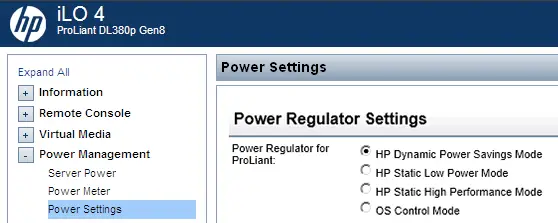
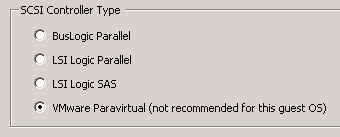 VMware unanimously makes the recommendation to the the Paravirtualized SCSI adapters within guest OSes when running business critical apps on vSphere in all the courses linked above. Paravirtualized SCSI adapters are higher performance disk controllers that allow for better throughput and lower CPU utilization in guest OSes according to
VMware unanimously makes the recommendation to the the Paravirtualized SCSI adapters within guest OSes when running business critical apps on vSphere in all the courses linked above. Paravirtualized SCSI adapters are higher performance disk controllers that allow for better throughput and lower CPU utilization in guest OSes according to 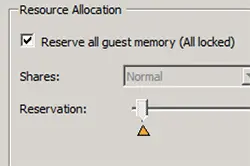 VMware recommends reserving the entire memory allotment for virtual machines running business critical apps. This ensure no contention where high performance applications are concerned. vSphere 5 and higher with virtual hardware version 8 or higher has a checkbox that allows for reserving the entire allotment of vRAM, even as allocations change.
VMware recommends reserving the entire memory allotment for virtual machines running business critical apps. This ensure no contention where high performance applications are concerned. vSphere 5 and higher with virtual hardware version 8 or higher has a checkbox that allows for reserving the entire allotment of vRAM, even as allocations change.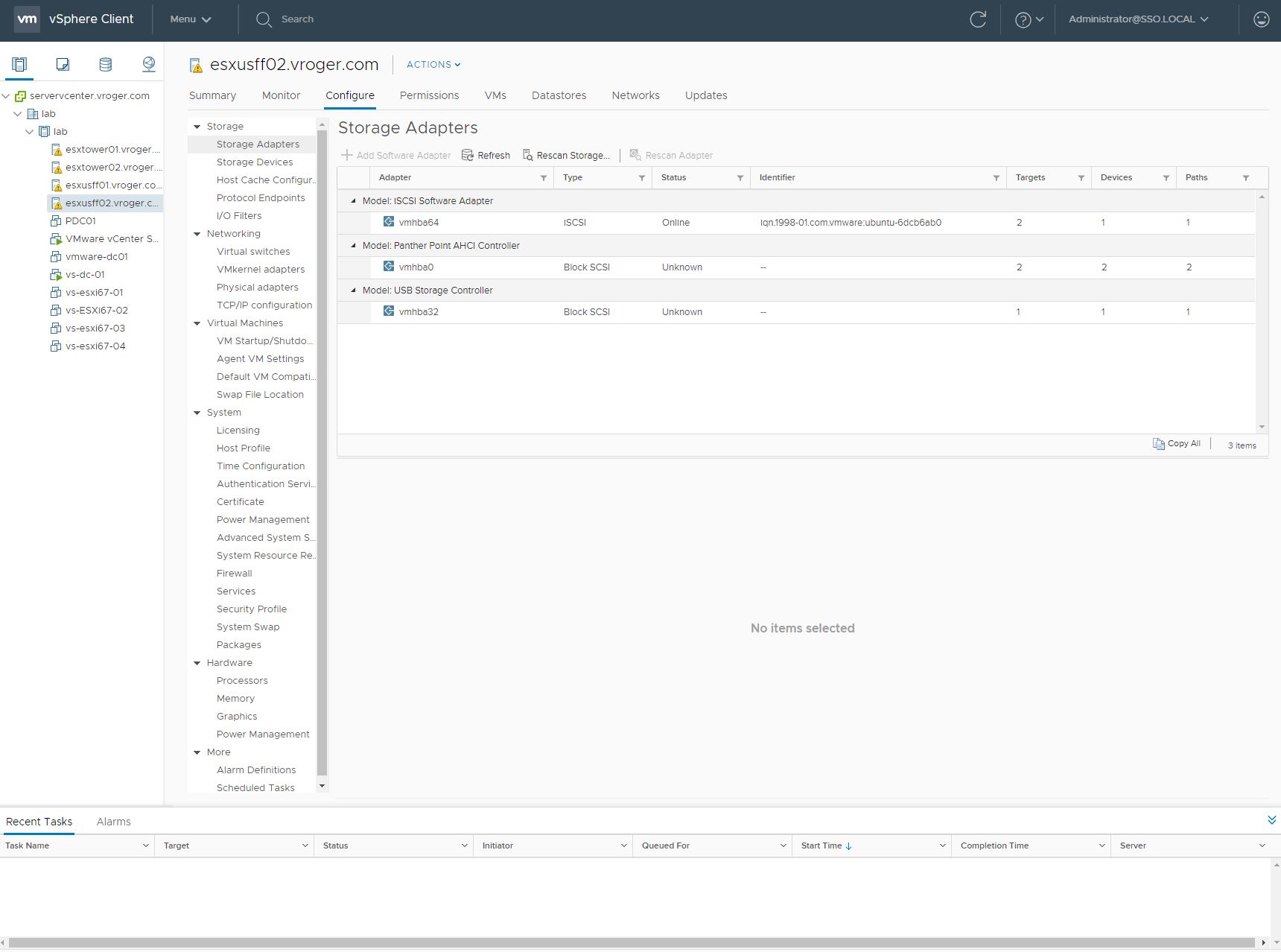

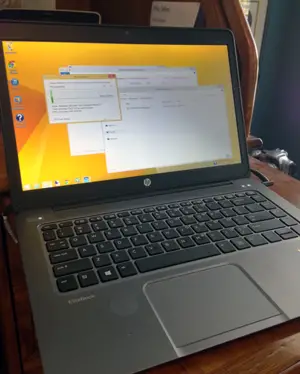 Today wraps up a week of full-time testing of the Elitebook Folio 1040. I survived Microsoft TechEd this week without a Mac. There were some bumps along the road, but the overall experience was a good one with this new laptop. The Elitebook Folio 1040 hardware is very impressive. Some of the highlights for me have to be the battery life, the fingerprint scanner for login and passwords and the resolution of the screen. I also love the weight, or lack of weight actually, for this system. It’s extremely portable.
Today wraps up a week of full-time testing of the Elitebook Folio 1040. I survived Microsoft TechEd this week without a Mac. There were some bumps along the road, but the overall experience was a good one with this new laptop. The Elitebook Folio 1040 hardware is very impressive. Some of the highlights for me have to be the battery life, the fingerprint scanner for login and passwords and the resolution of the screen. I also love the weight, or lack of weight actually, for this system. It’s extremely portable. HP showed off its new, free Scripting Tools for Windows at Microsoft TechEd this week on the expo floor. The scripting tools are specifically Powershell cmdlets for iLO control in the version 1.1 release. The cmdlets allow you to script a number of functions against the iLO management processors. The Powershell cmdlets work against iLO 3 and iLO4 which roughly equates to Proliant G7 and Gen 8 models.
HP showed off its new, free Scripting Tools for Windows at Microsoft TechEd this week on the expo floor. The scripting tools are specifically Powershell cmdlets for iLO control in the version 1.1 release. The cmdlets allow you to script a number of functions against the iLO management processors. The Powershell cmdlets work against iLO 3 and iLO4 which roughly equates to Proliant G7 and Gen 8 models.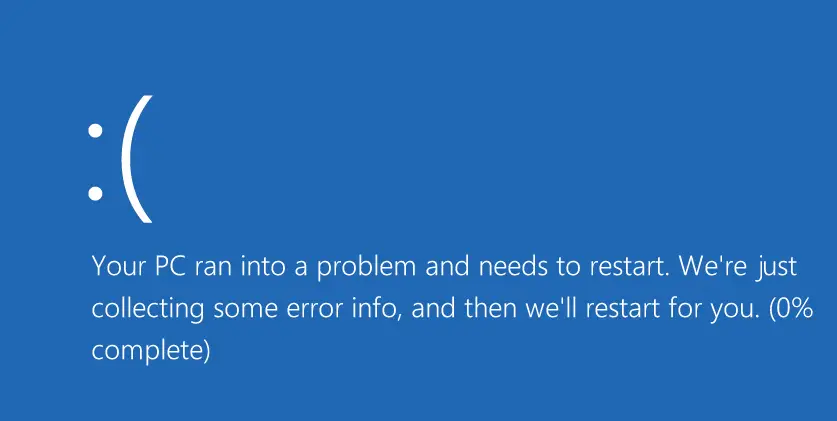
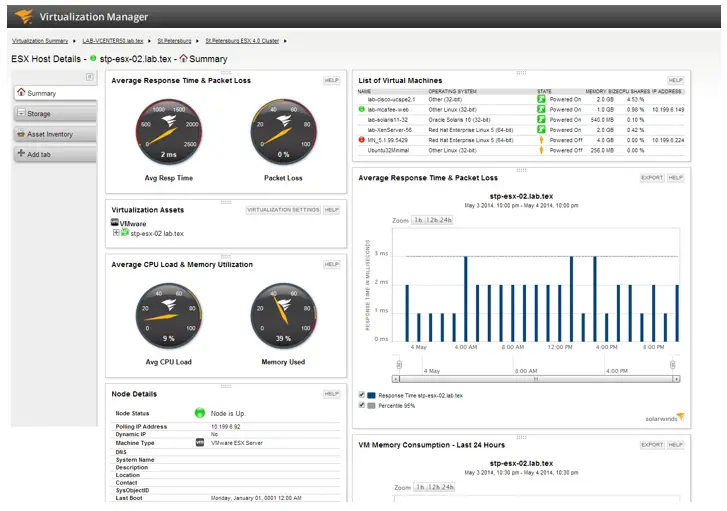
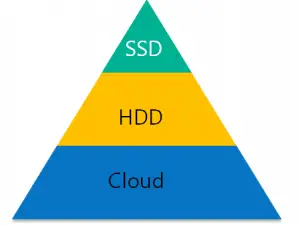 Microsoft’s Marc Farley offered one Microsoft solution during his session, The StorSimple Approach to Solving Issues Related to Growing Data Trends. Utilizing StorSimple, a Microsoft owned company, businesses can implement a third tier of storage in the cloud. But storing data in the cloud comes with its own set of challenges. The folks behind StorSimple recognized that most data in the cloud is stored in objects – not file and block like traditional datacenter data. Moving data back and forth between the cloud presents problems because you have to change the data type from file or block into objects going into the cloud and from objects back to file or block from the cloud. StorSimple is a solution to that problem by natively storing the data in object stores locally and providing companies with the ability to transport these objects into the cloud for backup, archive and off-site storage all the while providing applications with fast access to the data on-premise.
Microsoft’s Marc Farley offered one Microsoft solution during his session, The StorSimple Approach to Solving Issues Related to Growing Data Trends. Utilizing StorSimple, a Microsoft owned company, businesses can implement a third tier of storage in the cloud. But storing data in the cloud comes with its own set of challenges. The folks behind StorSimple recognized that most data in the cloud is stored in objects – not file and block like traditional datacenter data. Moving data back and forth between the cloud presents problems because you have to change the data type from file or block into objects going into the cloud and from objects back to file or block from the cloud. StorSimple is a solution to that problem by natively storing the data in object stores locally and providing companies with the ability to transport these objects into the cloud for backup, archive and off-site storage all the while providing applications with fast access to the data on-premise. For the next week, I really want to try and give the Elitebook Folio a good run through and the only way for me to do this for sure is to leave my Mac behind. I’m writing this post on the new Elitebook and I can already feel many similarities between it and my Mac. The keyboard is very familiar to a Mac user. The display is great in terms of resolution and brightness. The trackpad is different – enough so that HP packages a how-to video about the trackpad, but as a Mac user I do miss multi-touch jestures. When I unpacked the Elitebook, I was very impressed with how lightweight but sturdy the hardware felt. I promise a full review of the hardware after I’ve given it a solid test.
For the next week, I really want to try and give the Elitebook Folio a good run through and the only way for me to do this for sure is to leave my Mac behind. I’m writing this post on the new Elitebook and I can already feel many similarities between it and my Mac. The keyboard is very familiar to a Mac user. The display is great in terms of resolution and brightness. The trackpad is different – enough so that HP packages a how-to video about the trackpad, but as a Mac user I do miss multi-touch jestures. When I unpacked the Elitebook, I was very impressed with how lightweight but sturdy the hardware felt. I promise a full review of the hardware after I’ve given it a solid test.